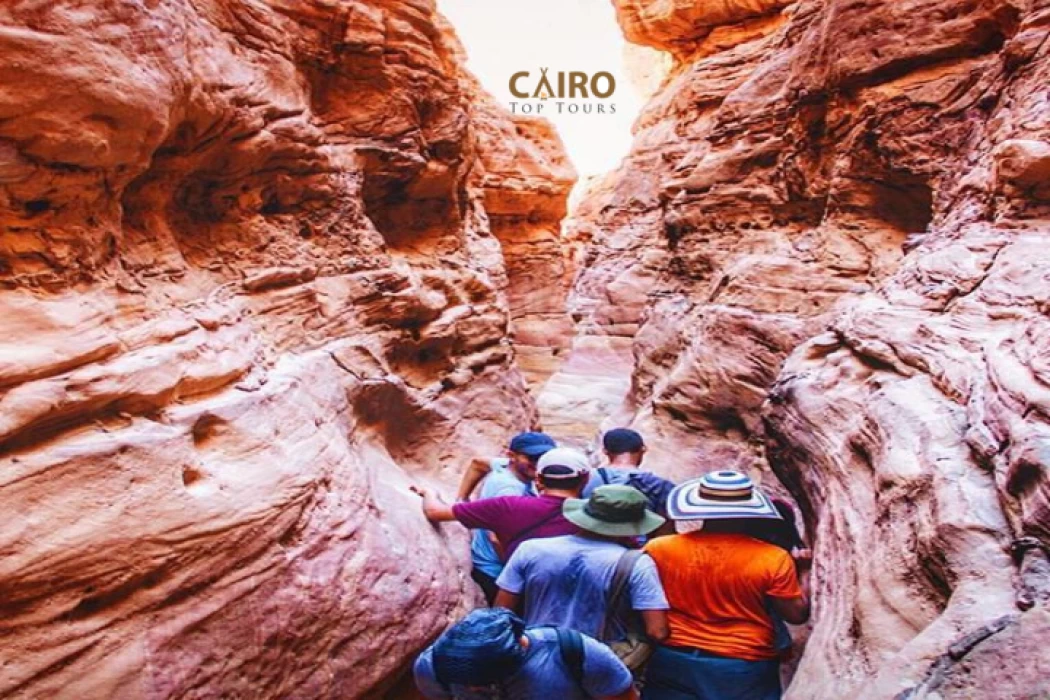
beauty of Sinai Peninsula
location of the Sinai Peninsula
The Sinai Peninsula is an important strategic location in northeastern Egypt. It is triangular and overlooks the Mediterranean Sea to the north and the Red Sea to the south. To the west, it is bordered by the Gulf of Suez and the Suez Canal, and to the east, it is bordered by the Gulf of Aqaba, the Gaza Strip, and the Negev Desert.
The area of Sinai is about 61,000 square kilometers, equivalent to about 6% of Egypt's total area, and is administratively divided into two governorates: North Sinai, whose capital is al-Arish, located on the Mediterranean coast, and South Sinai, whose capital is al-Tur, and whose main cities include Taba, Sharm el-Sheikh, and Nuweiba.
Sinai alone has about 30% of Egypt's coastline, surrounded by water on most sides: The Mediterranean Sea to the north (120 kilometers), the Suez Canal to the west (160 kilometers), the Gulf of Suez to the southwest (240 kilometers), and the Gulf of Aqaba to the southeast and east (150 kilometers).
Its Mediterranean desert climate is generally characterized by dryness and heat for most of the year, except for the Mediterranean coast and the high mountains, and the city of Al-Arish is the capital of North Sinai Governorate and the largest city in the peninsula.
Why Sinai is called Sinai
Historical sources say that the name Sinai is derived from the name of the god “Sin,” the god of the moon in ancient Babylon, whose worship spread to Western Asia, while other recent sources say that the area was known as the Turquoise Terraces and that inscriptions on the walls have been identified by archaeologists as Canaanite writings from the 15th century BC. Different civilizations, such as Roman, Nabataean, and Islamic, succeeded in the area.
Population of the Sinai Peninsula
In April 2013, the population of the Sinai Peninsula was estimated at 597,000 people, the majority of whom are dominated by the Bedouin lifestyle. The origins and roots of the people of Sinai go back to Arab tribes, which mixed with other tribes to reach about 26 tribes, half of which are the oldest tribes in Sinai.
Tourism in Sinai
Sinai has a charming nature that varies between mountains, plains, valleys, and beautiful beaches in addition to the sea waters where coral reefs, rare fish, and picturesque nature are found.
Beach tourism in South Sinai
This tourism is widespread in coastal areas characterized by soft sandy beaches and a shallow, rock-free, and clear sea stretch. The beach of the Gulf of Suez extends along the eastern coast of the Gulf, including the areas of Ras Masla, Ras Sidr, Ras Matarama and Al-Tur, which are tourist areas in addition to the industrial areas of Abu Zenima and Abu Rudeis, and this beach is punctuated by many bays and land heads in the middle of the Gulf waters, and the beaches themselves are characterized by white fine sand, water clarity and shallow depths for long distances, in addition to the mild climate throughout the year, as well as the proximity of this region to Cairo and other cities of Egypt, which makes it a suitable place for local tourism as well as day trips Ras Sidr in particular has many tourist villages and beautiful tourism projects, while Al-Tur beach is no less wonderful than Ras Sidr, especially in the Palm Beach area, which is one of the most beautiful tourist areas that combine palm plantations and the beach trapped between the Gulf waters and the mountain range in the east, as well as Moon Beach in Al-Tur, which has a special nature as it is a tongue extending into the water and has a soft sandy beach from which a panoramic view of the entire city of Al-Tur can be obtained.
Ancient and historical tourism in South Sinai
In Sinai, there are many archaeological and historical tourism sites, most notably Sarabit Al-Khadem near Ras Abu Zenima, where the temple of the goddess “Hathor” from the Pharaonic ages is located at the top of one of the high plateaus, and around it the remains of turquoise and copper mines used by the ancient Egyptians in the era of the Middle and Modern States BC, and near Sarabit Al-Khadem is the cave area with its remaining ancient inscriptions, and Sarabit Al-Khadem is an important destination for tourists interested in archaeological sites. At the same time, many of the castles in Sinai are witnessing a tourist turnout, the most prominent of which is Salah al-Din Castle on Pharaoh Island near Taba, which is helped by its maritime location for the influx of tourist groups to it, as well as the availability of simple means of access to it in addition to the nearby accommodations as well as tourists interested in archaeology visit some other castles such as Nakhl Castle, which is located on the international road to Suez - Taba.
Religious Tourism in South Sinai
Sinai is the land that God Almighty blessed and mentioned in His heavenly books, and it is the land that God's prophets passed through and lived in. Abraham, peace be upon him, traveled to Egypt, where he stayed for a year and then returned through it with his wife Sarah, and Joseph, son of Jacob, peace be upon them, crossed it after his brothers abandoned him, and God destined him to a great position in Egypt later. And Moses headed to it and lived there and married the daughter of the son of God, Shuaib, peace be upon him, in Midian, and on its mountains, God Almighty honored Moses by speaking to him in the holy valley of Tawi, and he received tablets containing the instructions of God and his law, then on its soil, Moses and his brother Aaron died, and on it the Holy Family passed the Virgin Mary and Jesus Christ as a child, peace be upon them - to Egypt, then the journey of the Holy Family returned to Palestine after that through Sinai also, but now religious tourism is mainly concentrated in the St. Catherine region and Wadi Ferran, where tens of thousands of tourists come annually to visit St. Catherine's sites, most notably.
Best places in Sinai
When Sinai comes to our minds, we only think of the charming city of Sharm El Sheikh, but for those who love traveling and enjoying nature, Sinai is the most fertile place to enjoy dozens of trips not only to Sharm El Sheikh but to many other places.
Dahab
The city of Dahab will not make you feel that you are in the real world as if you are in a movie set specially prepared to receive you; most people are happy, there are no crises, no crowds, no garbage, everyone receives you in the best way and treats you like a local, prices are very cheap, and add to all that The magic of the place, in the city of Dahab, settles in the Blue Hole, classified as the second most beautiful place for diving in the world, in addition to several picturesque beaches such as the “Three Pools” and others, with some charming places for travelers and oases for natural place enthusiasts, with the possibility of horse and camel riding on the sea. Dahab is one of the most beautiful places on earth. Dahab is one of the most beautiful places on earth and also the cheapest.
St. Catherine
Neighboring St. Catherine, here is Mount Moses, where Moses called upon his Lord, the Mount of Transfiguration, Mount St. Catherine, the highest peak in Egypt, and the historic City Monastery; every piece of St. Catherine is full of history and spirituality, the Sacred Valley passes through it, a state of serenity that you will never feel in your life, and for hiking, mountaineering, and camping in nature is a unique experience of its kind.
Nuweiba
Nuweiba is the magical place where the Gulf of Aqaba and the picturesque Sinai Mountains meet, with clear waters, bays, and vast white sandy areas—a great place to relax and enjoy a pure experience with real nature.
Taba
Taba, despite all the beauty in it from the clear waters and its location on the Gulf of Aqaba between the Eastern Taba plateau and mountains on the one hand and the waters of the sea on the other, has a historical advantage, which is one of its biggest advantages, as it is located on the borders of four countries and two continents between Africa and Asia and between Egypt, Saudi Arabia, Jordan, and Palestine, and it has a number of wonderful and distinctive hotels.
Latest Articles
Admin
Wadi El Rayan in Faiyum | Waterfalls in Wadi El Rayan
Wadi Al-Rayan Nature Reserve is one of the distinguished tourist areas in Fayoum Governorate, and one of the most important areas is the picturesque Wadi Al-Rayan Falls with its charming nature, which made it a destination for hundreds of thousands of tourists from different countries of the world who visit it during the year and enjoy practicing various tourist activities around the waterfalls, such as sand skiing, bird watching, and others.
Admin
Tourism in Aswan | Aswan Tourism in Egypt
Aswan Governorate has a huge wealth of diverse natural attractions, including the great Nile River, a large number of nature reserves, vast areas of deserts and mountains, and other areas of attractive nature. It is also characterized by an ancient, unique, rich and diverse civilization, as it possesses a civilizational and cultural heritage that bears witness to all the periods of history that have succeeded in it during thousands of years.
Admin
The Medical Tourism in Egypt | Therapeutic Tourism Egypt
If you are planning medical tourism in Egypt and you don't know what medical tourism places you can visit, let me tell you, dear reader, about places rich in natural resources that provide effective treatments to get rid of diseases and get the most energy and vitality.
Admin
The Nile River information
The Nile River is the longest river in the world and is located in the continent of Africa, and it divides the land of Egypt from south to north to branch into two branches that flow into the Mediterranean Sea, namely the Rosetta Branch and the Damietta Branch, its length is from its headwaters in Lake Tanganyika to its mouth in the Mediterranean Sea
Admin
Goddess Isis | The Egyptian Goddess Isis
In the first millennium BCE, Isis and Osiris became the most worshipped Egyptian deities, and Isis took on many of the traits of the other gods. The rulers of Egypt and its neighbors to the south in Nubia began building temples specifically dedicated to Isis, and her temple at Philae was one of the most important religious centres for Egyptians and Nubians alike.
Admin
God Amun Ra | Amon Ra The Master of the Ancient Egyptian gods
By merging with Ra, Amun manifested himself in creation, thereby combining in himself the two divine opposites: as Amun, he was invisible, mysterious, and detached from the world, and as Ra, he was visible and the giver of everyday life. Similarly, he was associated with Maat, the Egyptian concept of justice and balance in the universe.

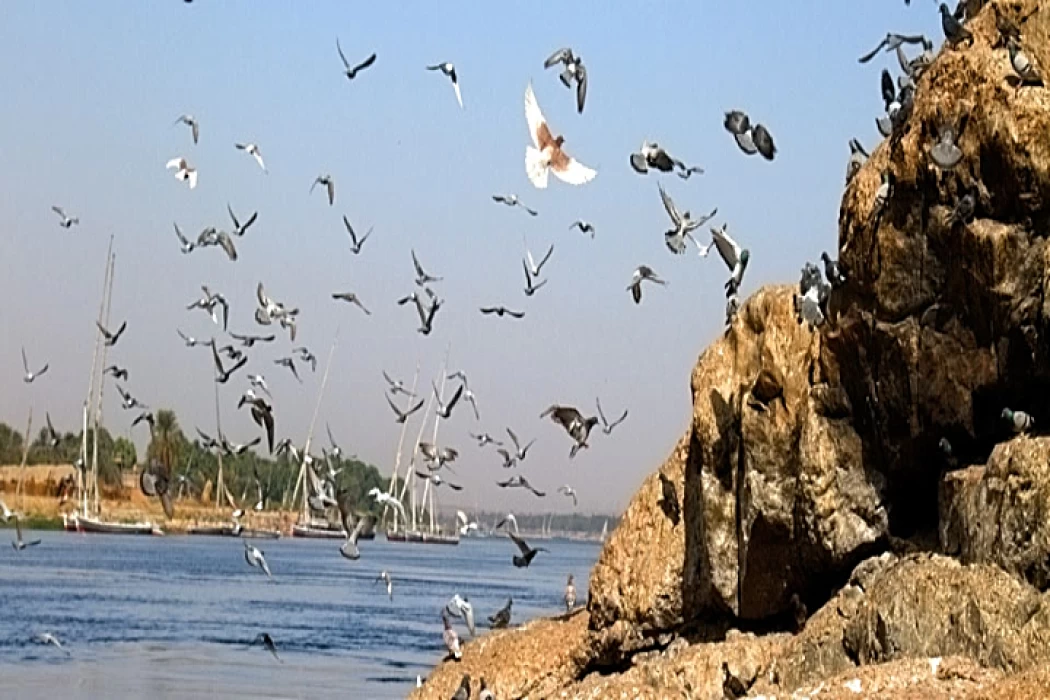
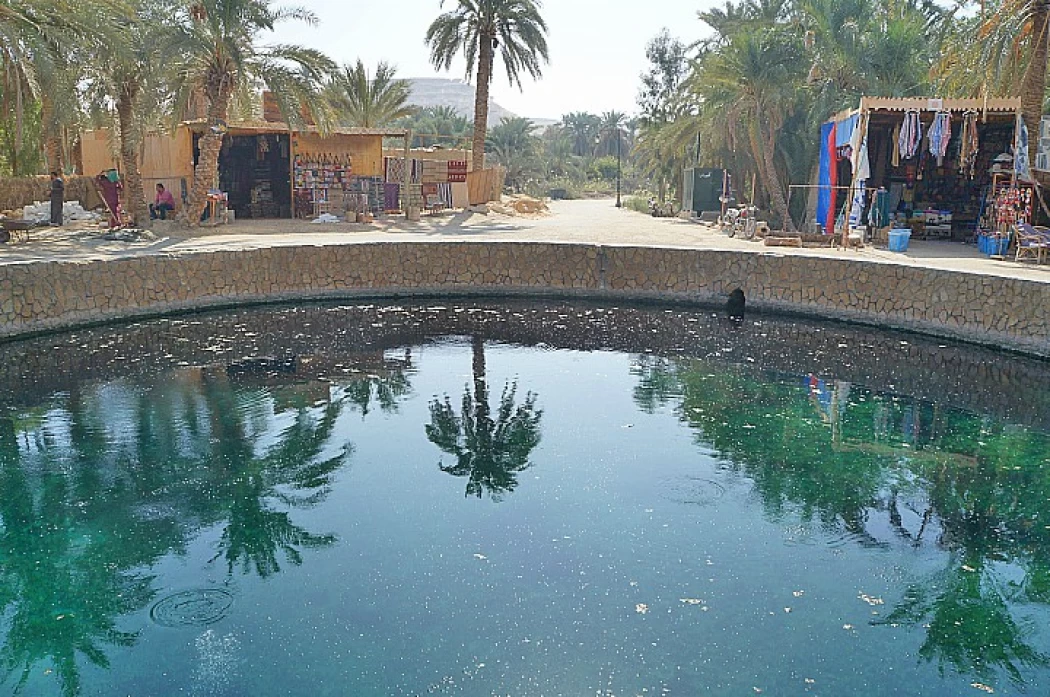
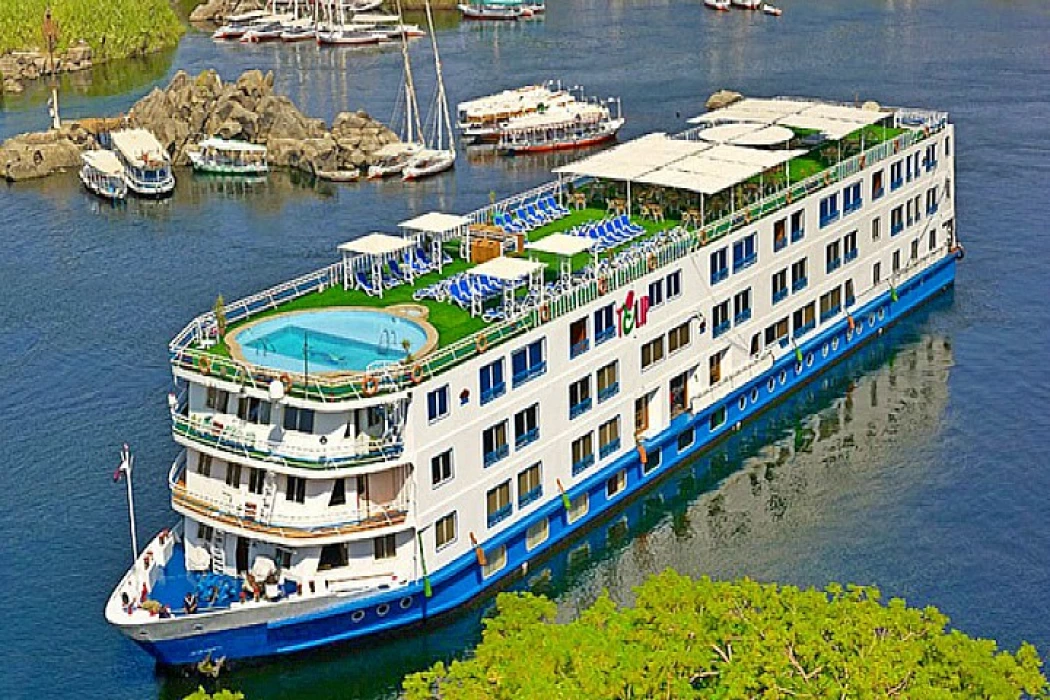
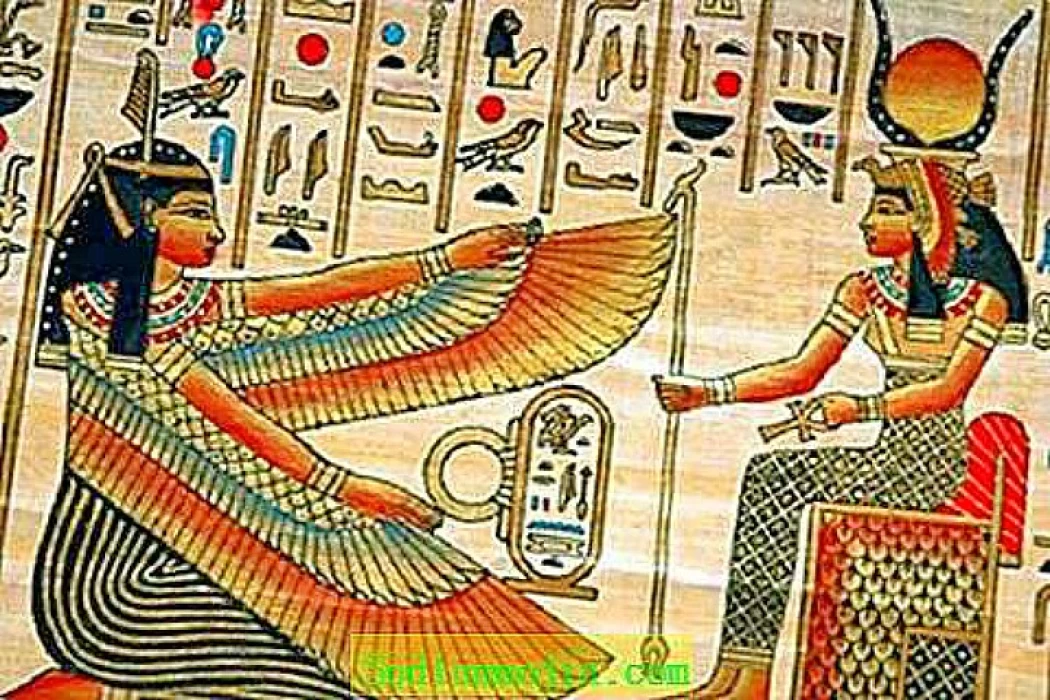
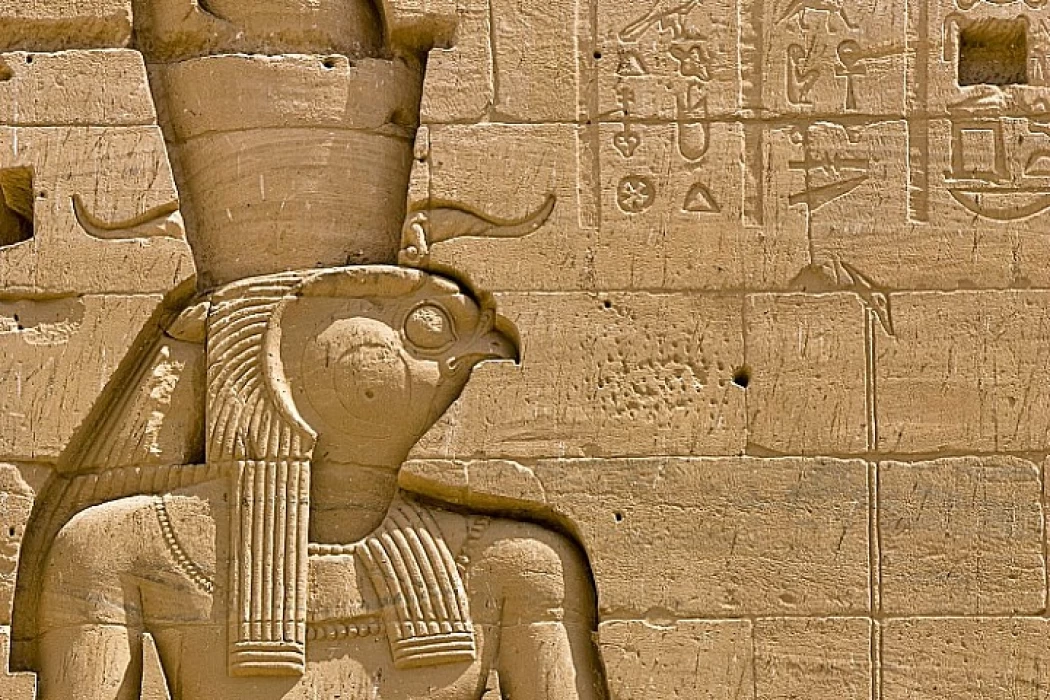
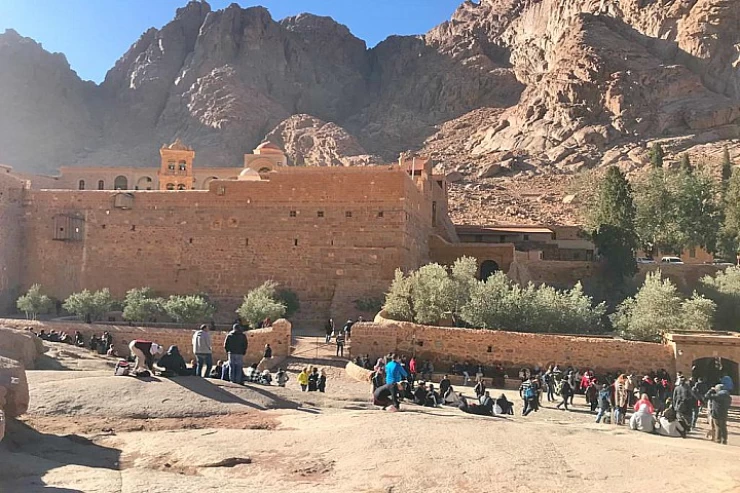
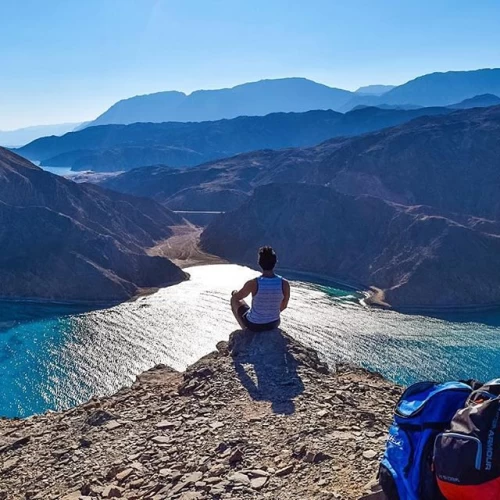
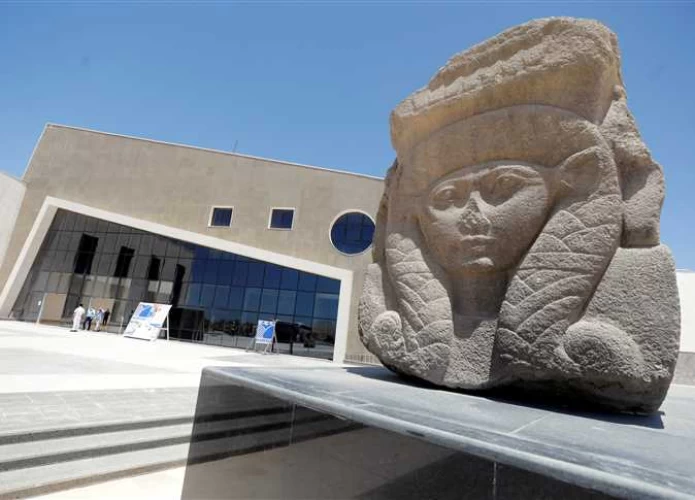

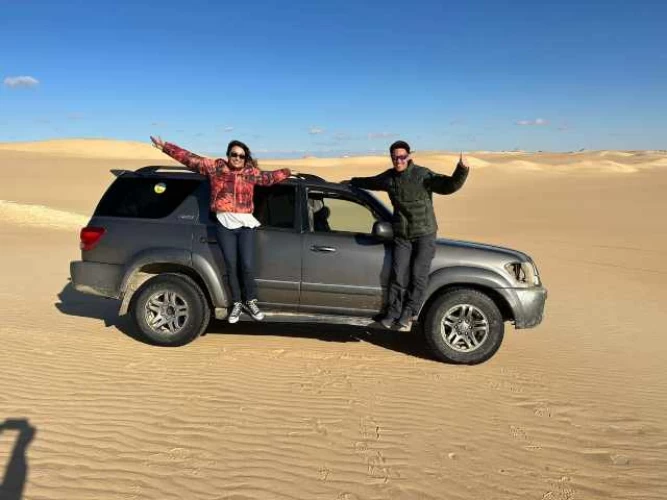

-webp.webp)







